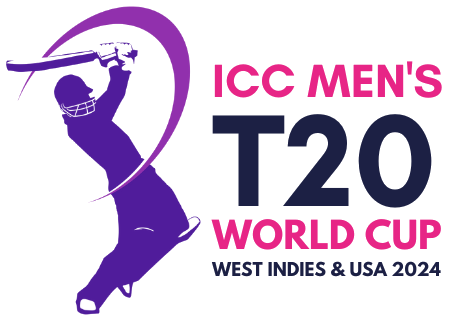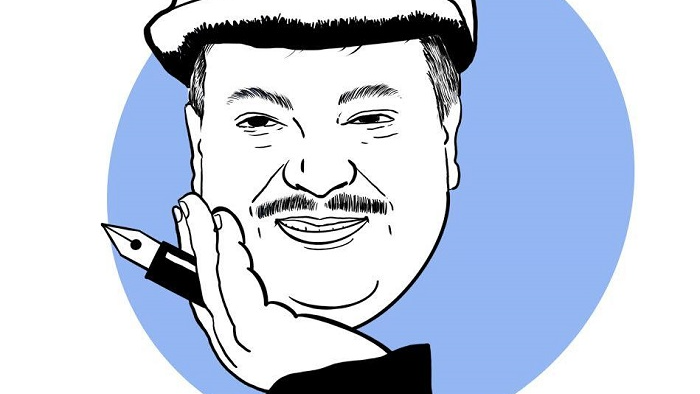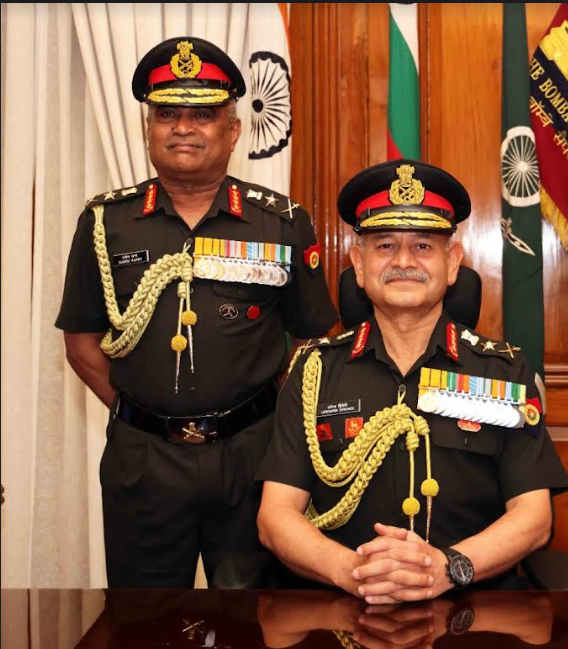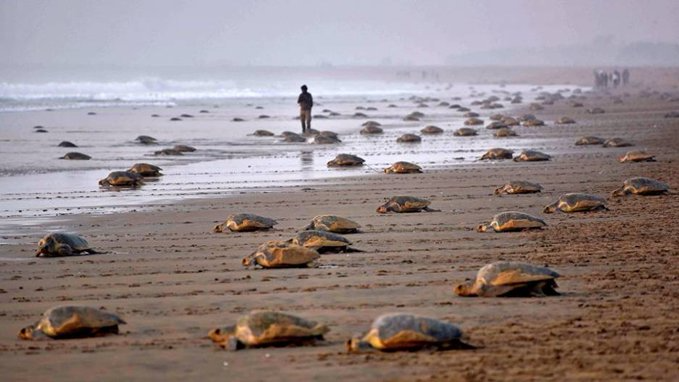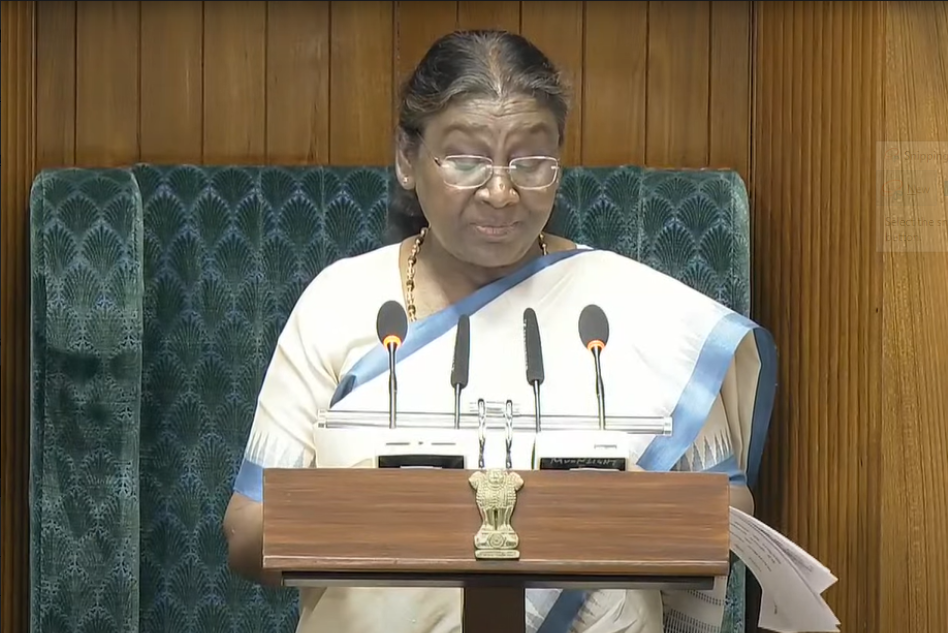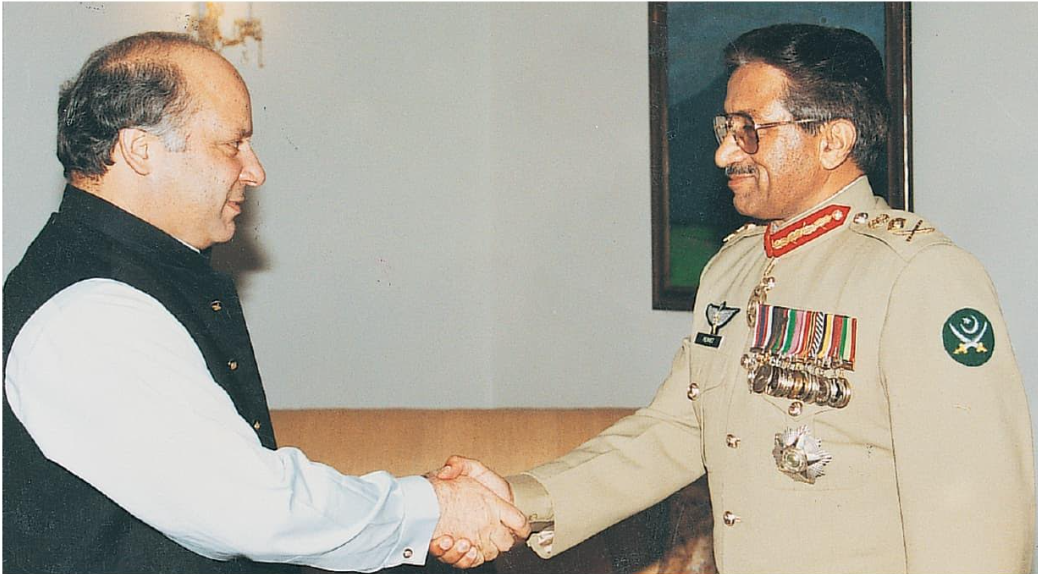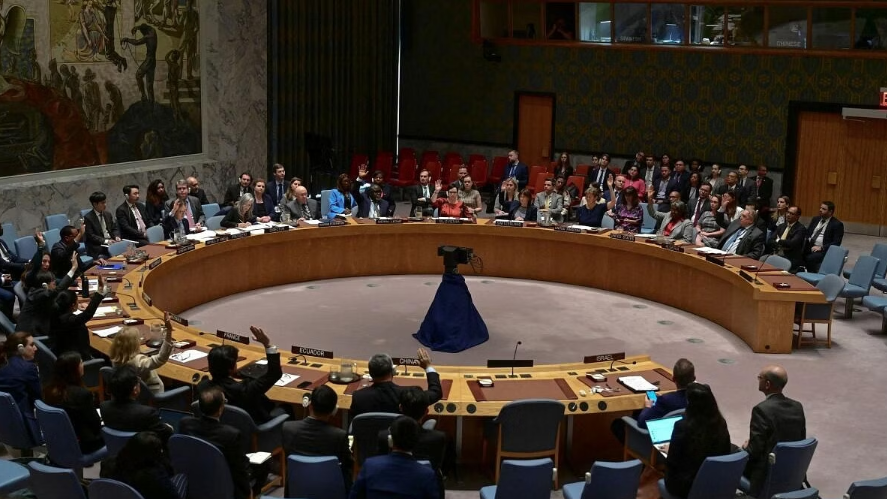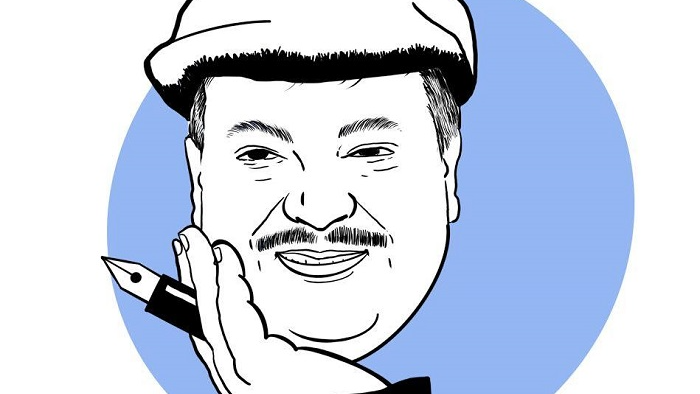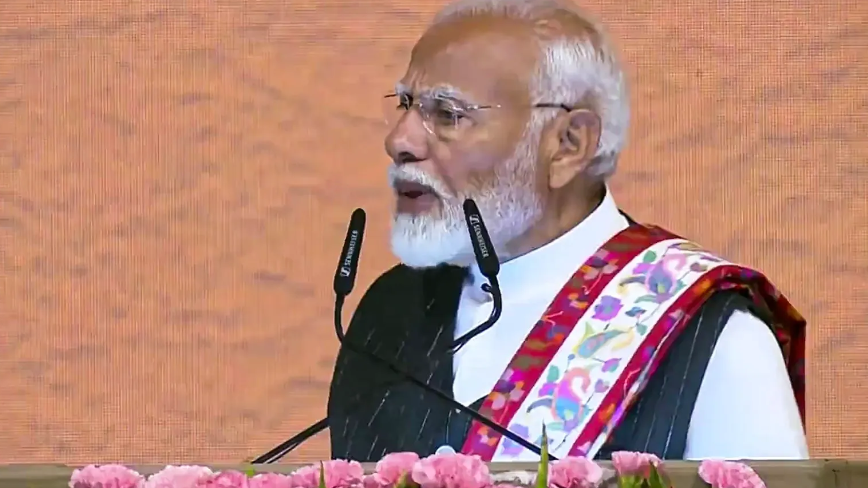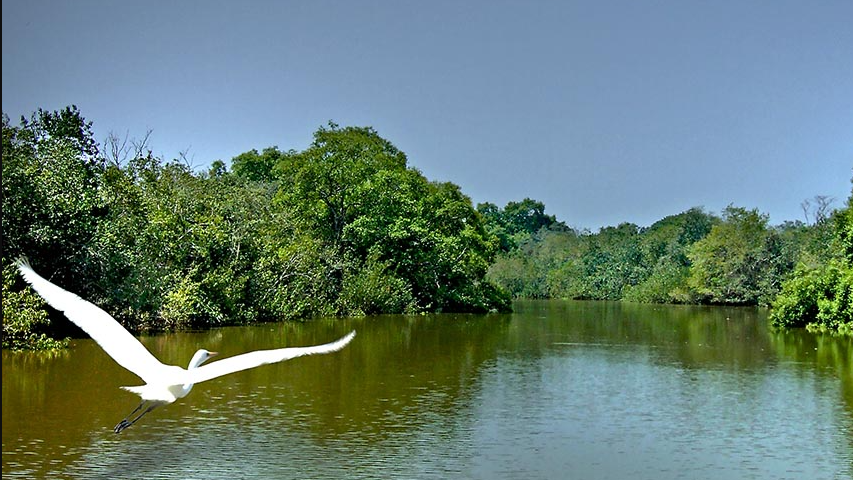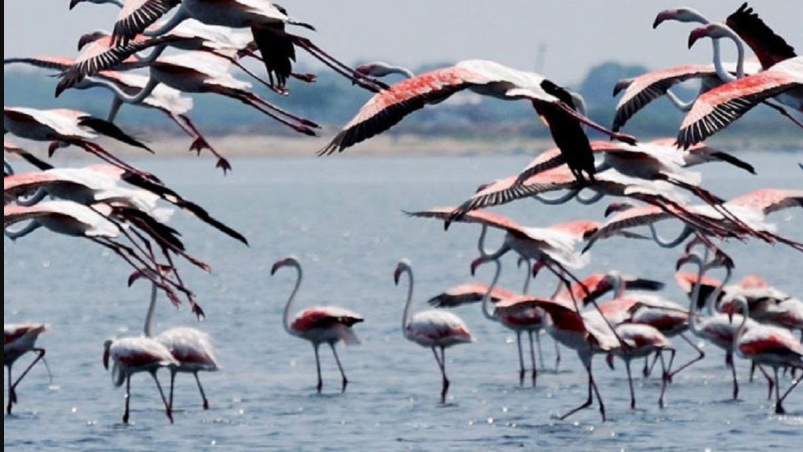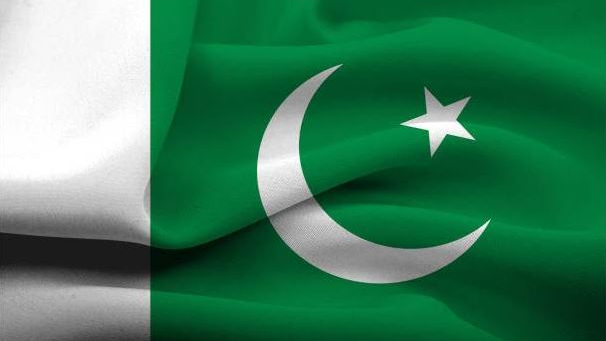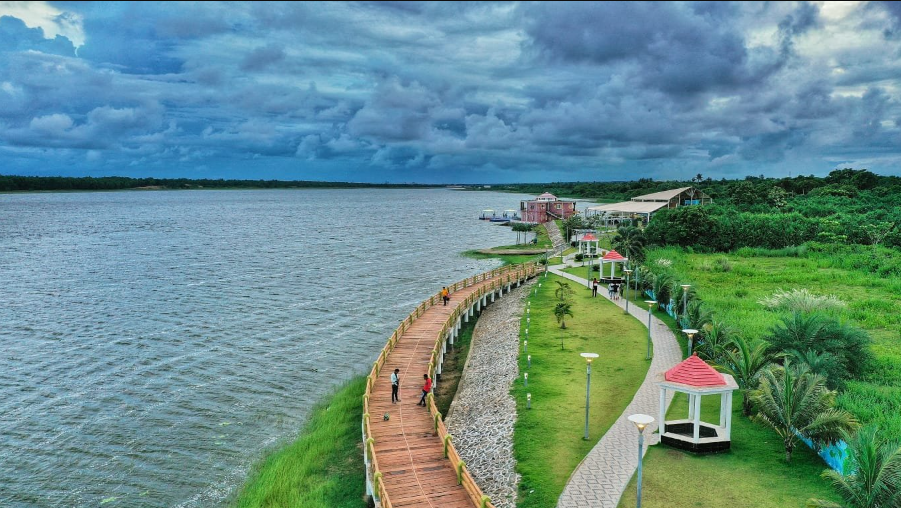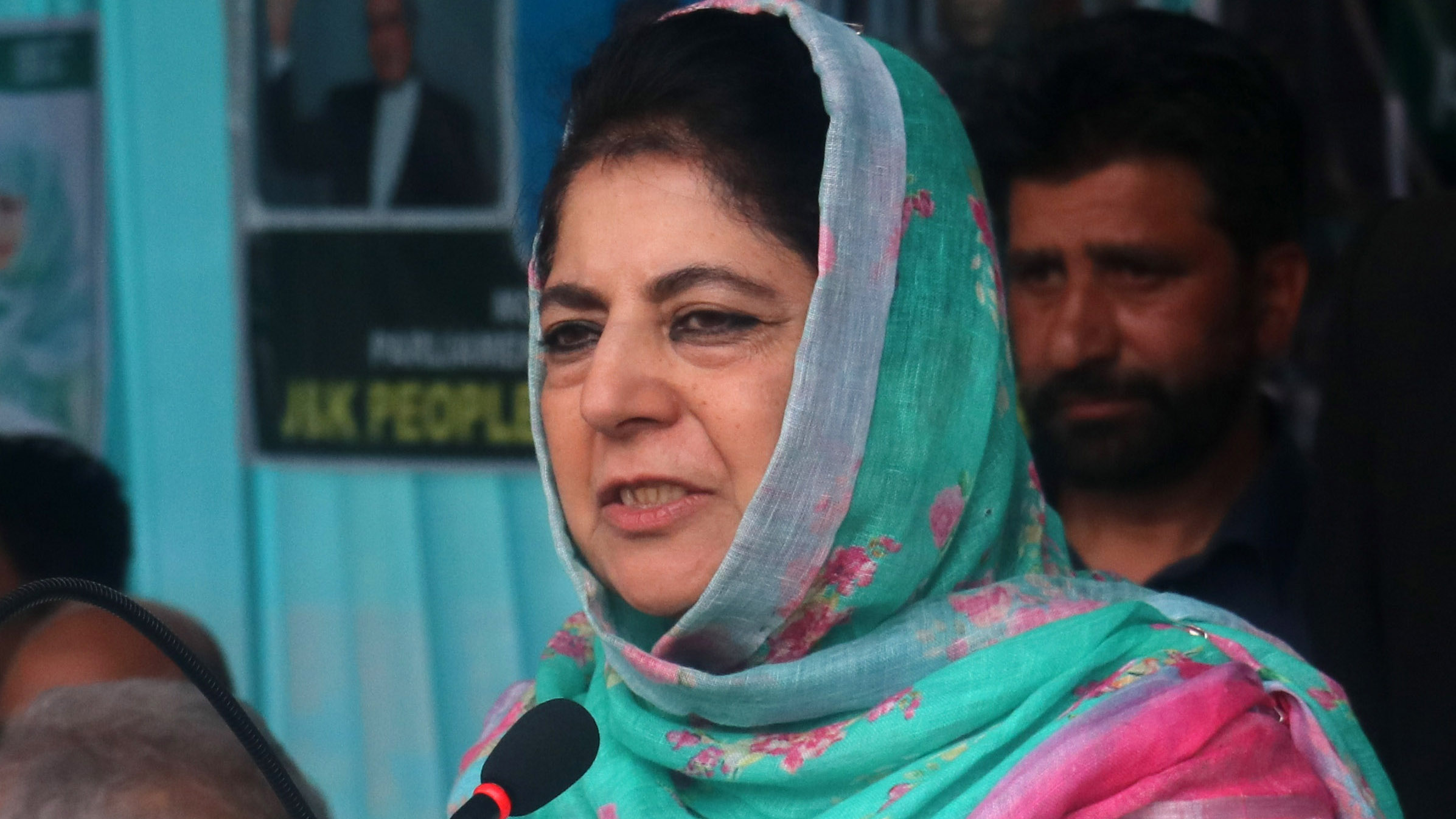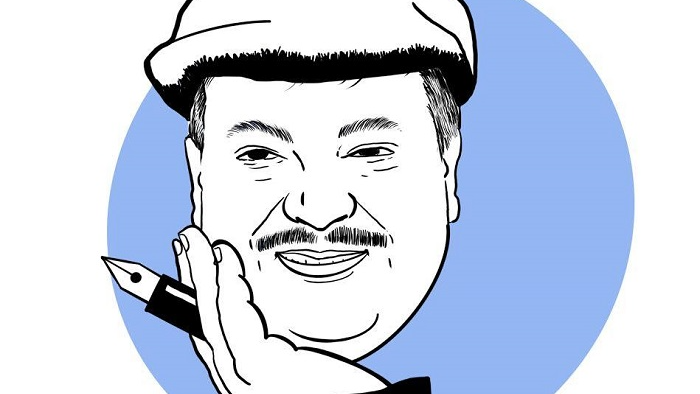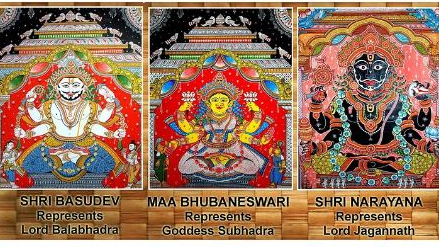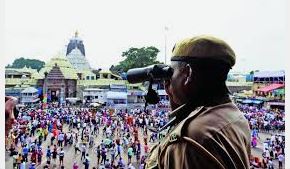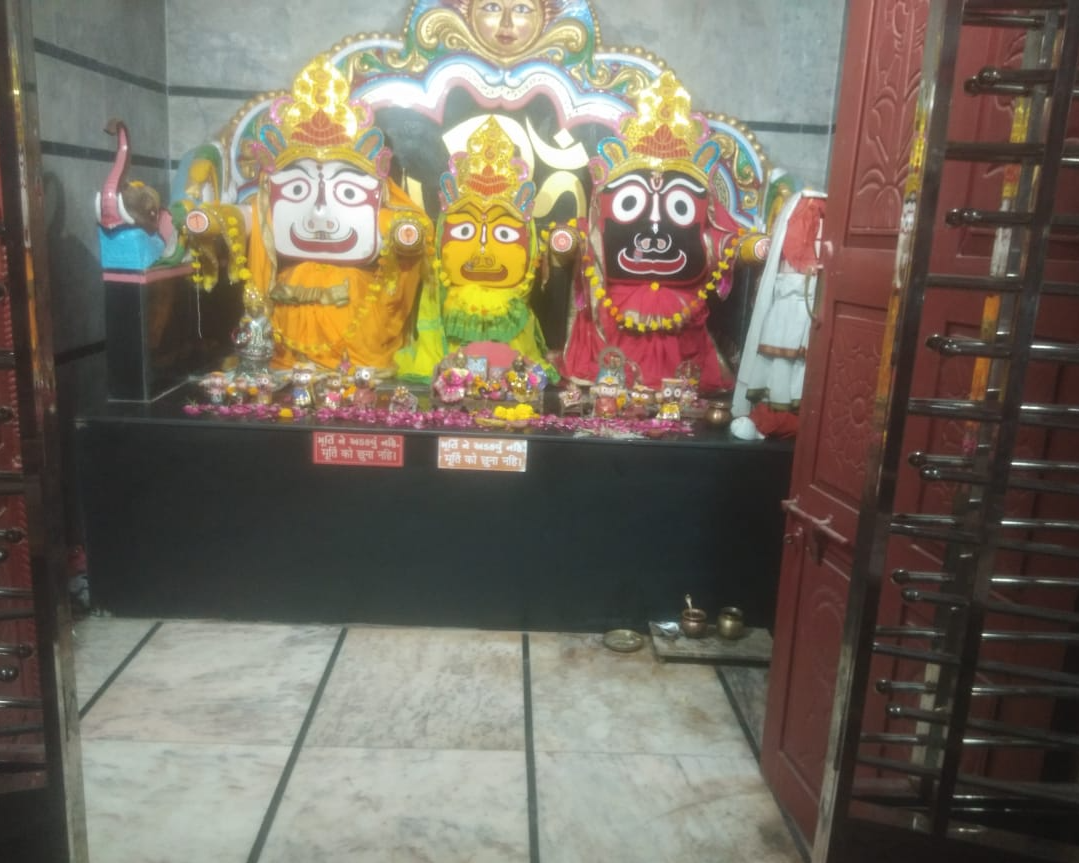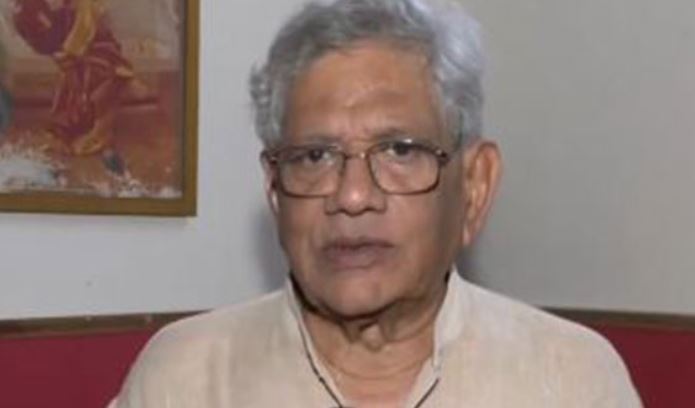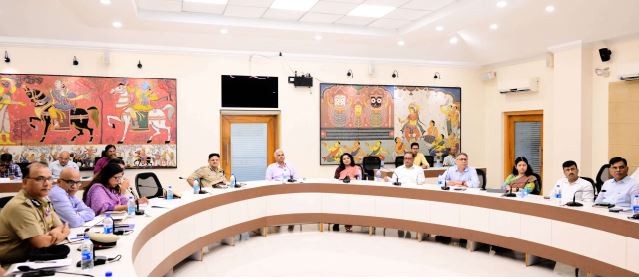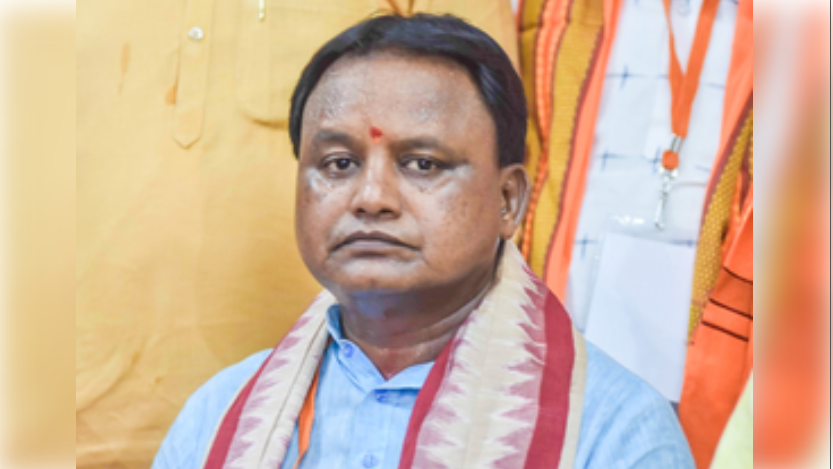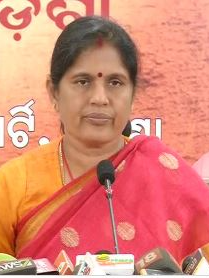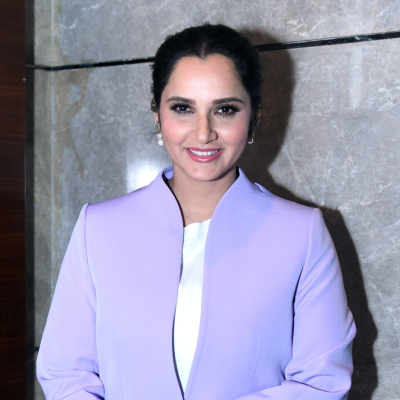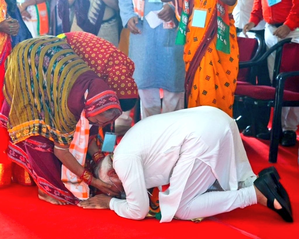Mrinal Chatterjee
Statistics is an interesting discipline. For the uninitiated, statistics is the study of the collection, analysis, interpretation, presentation, and organization of data. Statis is important because, it helps us understand the general trends and patterns in a given data set. Statistics can be used for analysing data and drawing conclusions from it. It can also be used for making predictions about future events and behaviours.
However, Business Professor and economist Aron Levenstein once said, jokingly of course, “statistics are like bikinis. What they reveal is suggestive, but what they conceal is vital.”
There lies the importance of data literacy, common sense and logic. But about that some other time.
India commemorates National Statistics Day on June 29 to honour Prasanta Chandra Mahalanobis (1893- 1972), considered to be the father of Indian Statistics. He was a physicist by training, a statistician by instinct and a planner by conviction. In 1931 he founded the Indian Statistical Institute in Calcutta (now Kolkata). In the next two decades he founded the National Sample Survey (1950) and the Central Statistical Organization (1951) to serve as statistical agencies for government data collection.
He is best remembered for the ‘Mahalanobis distance’, a statistical measure, and for being one of the members of the first Planning Commission of free India. He made pioneering studies in anthropometry in India.
Half
Today is the end of June, the sixth month of the Gregorian calendar. We have exactly six months left in this year. Today we stand at the mid-point of the year, the halfway mark.
It is interesting to reflect on the concept of ‘half’. As a concept, it embodies the essence of duality and balance. It represents the midpoint, a juncture where two distinct halves converge. This convergence invites reflection on the nature of completeness and division.
In many aspects of life, we encounter the notion of halves. Consider relationships, where each partner brings their half to form a whole. This interdependence highlights the importance of harmony and mutual support. When one half falters, the balance is disrupted, underscoring the delicate nature of such unions.
In the physical world, halves are evident in nature and human creations. The symmetry of a butterfly’s wings or the two hemispheres of the brain exemplify the beauty and functionality of halves. These examples remind us that while halves can exist independently, their true potential is realized in unity.
Moreover, the concept of half prompts us to appreciate the journey as much as the destination. Reaching the halfway point in any endeavor is an achievement in itself. It signifies progress and provides an opportunity to reassess, recharge, and realign our goals.
In essence, ‘half’ is a profound reminder of the interconnectedness of existence. It teaches us to value both the individual parts and the whole they create. Whether in relationships, personal growth, or the natural world, the idea of half encourages us to seek balance, embrace the journey, and recognize the significance of every step along the way.
A Piscine Story
India is consuming more fish, year on year basis both in terms of people consuming it and quantity consumed.
A study done by WorldFish India says, the proportion of fish eaters increased from 66% to 72.1% between 2005-06 and 2019-21. Annual per capita fish consumption rose from 4.9kg to 8.9kg between 2005 and 2020. Among fish eaters, per capita consumption rose from 7.4kg to 12.3kg.
As an avid fish eater I felt both sad and happy. Happy, because more people are eating fish- may the tribe of fish eaters increase. Sad, because more people eating fish means the prices will go up.
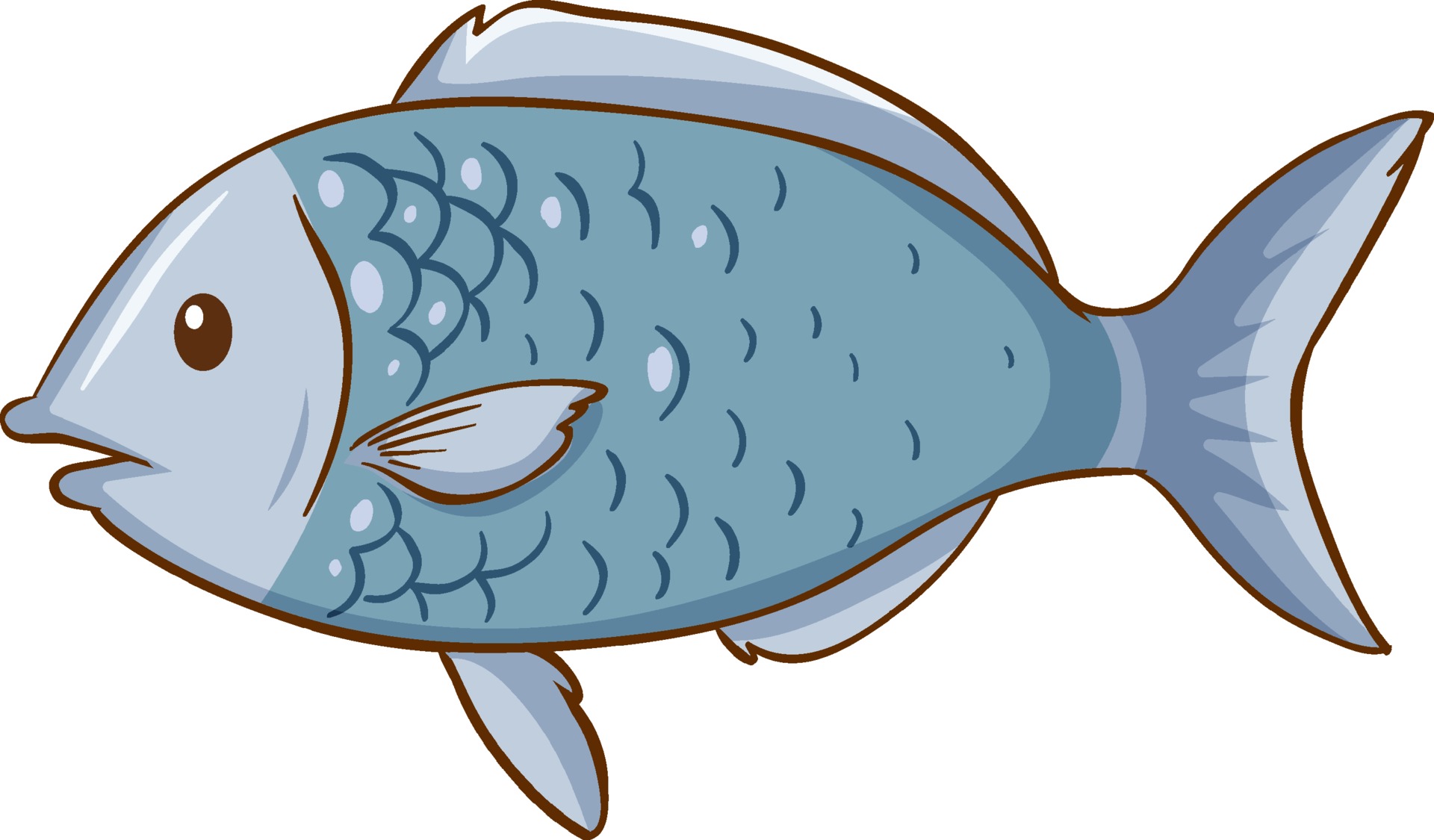
We in Odisha love to eat our fish curry (besara is real yammy) and dried fish with pakhala (watered rice). We are like the Assamese nearly as crazy as Bengalis over fish.
Many of us do not eat non-vegetarian food on certain days or during Puja festivals. In many places like in Dhenkanal where I live, you do not get fish on those days in the bazar. But if you eat, nobody raises an eyebrow, nobody asks us: why are you eating fish on those days.
After all, modern humans (Homo sapiens sapiens) have been eating seafood for at least 164,000 years. Caves in South Africa contain the very earliest evidence for humans eating shellfish, as well as evidence for humans eating shallow-water fish 140,000 years ago, tens of centuries before the birth of rituals restricting eating fish.
Tailpiece: Fish
Why don't fish play basketball?
Because they're afraid of the net!
Disclaimer:
This is the personal opinion of the author. The views expressed in this write-up have nothing to do with www.prameyanews.com.

